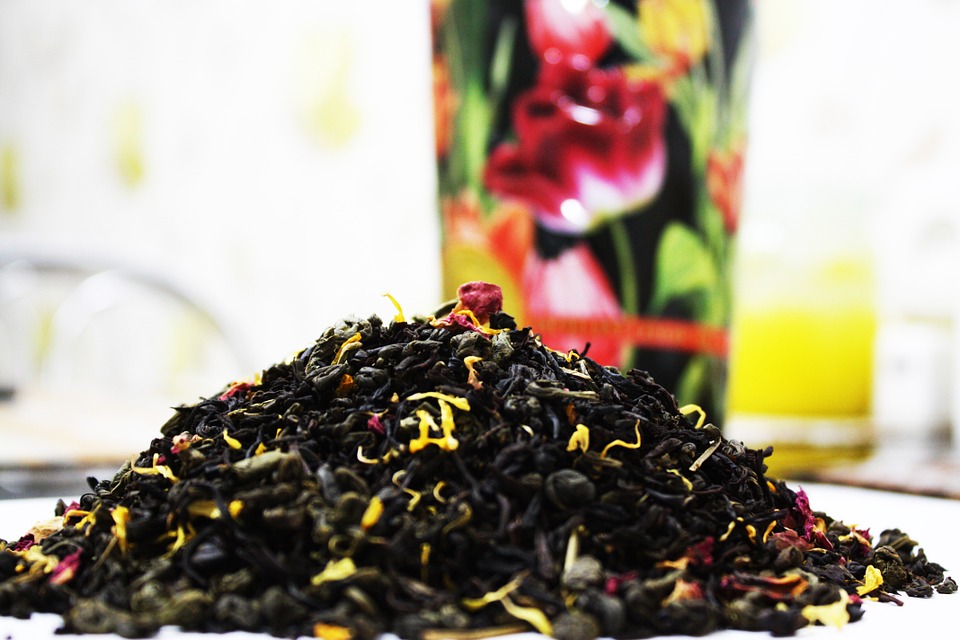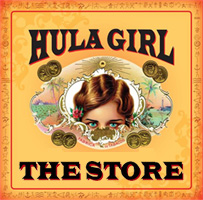The Origins and Healthy Benefits of Tea
A warm cup of tea can be very comforting. Tea has also long been associated for its healing properties. Way before it became a popular beverage, it has served as medicine.
There are compounds naturally present in tea called polyphenols that function as antioxidants. As a natural source of antioxidants, tea can soothe the mind and boost the human immune system, giving drinkers protection against diseases and bacteria.
Green tea, for example, is rich in catechins, including the potent antioxidant EGCG. Certain teas help stabilize blood sugar, BP, Cholesterol, helps to cleanse the liver and kidneys, anti-fugal, anti-bacterial, antioxidant, anti-inflammatory and pain relief. Scientific research confirms the belief held by Asians for centuries – that green and black tea contain powerful natural antioxidants that protect regular tea drinkers from many degenerative diseases.
Every tea-growing region in Ceylon has its unique characteristics. Black Ceylon teas grown in Dimbula -- at altitudes reaching 2 km and beyond -- are characterized by a rich color and flavor. Orange pekoe and broken orange pekoe are the usual leaf grades, resulting in a drink with an aromatic fragrance and a delicate, fresh taste.
Kandy is the home of tea in Sri Lanka. James Taylor began a tea plantation in Kandy in 1867 and started manufacturing teas thereafter. Teas from that part of the world impart a deep-colored brew with a strong and intensely full-bodied flavor.
Tea from the eastern slopes of the central mountains, or the remote province of Uva, has a special, unmistakable character and exotically aromatic flavor, believed to be endowed by winds of both northeast and southwest monsoons.
On the other hand, teas from the plateau at the highest part of Sri Lanka’s central highlands, or over 6,000 ft. produce some of the best teas. Nuwara Eliya is known for its temperate, cool climate – the coolest area in Sri Lanka – yielding light, bright, fragrant, and mellow, golden cups of tea that bring to mind apricots and peaches.
Tea has come a long way since seeds from the tea plant Camellia Sinensis were first brought by the British from China to Ceylon back in 1824, and planted in the Royal Botanical Gardens in Peradeniya. Today, the tea industry is a bustling business that has carved out a niche in overseas markets.

Types of Ceylon Tea
Ceylon tea can be exquisite, fabulous, and appealing to many tastebuds. The general types of Ceylon tea are as follows:
-
Black Tea - Manufacturing black tea entails going through a process that includes withering of the plucked leaves to reduce moisture content by approximately 50%. The leaves are then rolled by mechanical tea rollers to separate them and break them into parts. This process of breaking up the leaves leads to a chemical reaction that is catalyzed by the enzymes in the leaf. Ceylon Black tea is the most oxidized variety. It contains more caffeine than the rest of the varieties. Being close to the equator, the climatic conditions of Sri Lanka makes it an ideal place to grow and produce black tea.
-
Green Tea – Very popular in Asia, green tea is minimally processed. The leaves are steamed, rolled and dried. Antioxidant-rich green tea is processed in a way that helps retain its nutrients. Ceylon Green tea has a fuller body with a rather pungent and malty, nutty flavor to it. Ceylon Green teas have characteristics that set it apart from the rest of the green teas produced across the world; they tend to be darker in both dry and infused leaf and contains a rather rich flavor.
-
White Tea - Harvested in early spring, white tea is produced from the same plant where black and green teas are derived. The young leaves and silvery white buds are allowed to wither in natural sunlight, after which they are lightly processed to avoid oxidation. Ceylon white -- first grown in Nuwera-Eliya. Ceylon – is renowned among tea lovers for its mild and sweet flavor. Its delicate, very light liquoring with notes of pine and honey golden coppery infusion suits the taste of many people.
-
Oolong Tea –Oolong traces its origins to China and Taiwan. Oolong tea is a semi-oxidized tea made from large, mature leaves can withstand the lengthy rolling and oxidizing process. Oolong teas are fermented for a shorter period of time than black teas. Fermentation must be stopped when the leaves are 30% red and 70% green. After being plucked, the leaves are withered to remove some moisture. The leaves are then rolled, and that can happen in several ways - twisting, curling into tight balls, etc. After rolling, the leaves are allowed to rest and oxidize for a while. For many oolongs, those two steps - rolling and oxidizing - are repeated several times, creating many layers of enticing flavors and aroma.
The Hula Girl Store carries several flavored teas bursting with herbal goodness, including jasmine green tea, passion tea, cherry tea, mango tea, and soursop tea that is made from the leaves of the soursop fruit tree. White tea blended with a subtle floral scent as rose and a fruity flavors like passion fruit can be delicious.

Tea Grade Nomenclature
Tea is broken into various grades based on the production process used. Grading terms give information about the appearance of the leaf. Here are some of the main grades of black tea:
BOP Broken Orange Pekoe - Small or broken pieces of leaves
BOPF - Broken Orange Pekoe Fanning’s - Smaller than BOP leaves, broken leaf, slightly larger than dust
OP - Orange Pekoe – This is the "standard" or most common grade of black tea. The tea industry uses the term orange pekoe to describe a basic, medium-grade black tea consisting of many whole tea leaves of a specific size. It the same style as, but smaller than, OPA
FBOP - Flowery Broken Orange Pekoe - Same style of BOP but slightly bigger in size and consisting few tips
Pekoe - Twisted and Coarse
Pekoe1 - Same style, but smaller in size than the Pekoe
OPA - Orange Pekoe ‘A’ - A good quality tea, consisting of large and slightly open leaf pieces
OP1 - Orange Pekoe One – More Wiry than OP
BOP1 - Broken Orange Pekoe one – Wiry and small than OP1
FBOP1 - Flowery Broken Orange Pekoe one - Little smaller than the BOP1
FBOPF - Flowery Broken Orange Pekoe Fanning’s - Similar to the BOP leaf but firm leaf and consisting few tips
A couple of grades of green tea are:
GP1 - Gun Powder 1 - Twisted and coarse similar to Pekoe but color must be green
GP2 - Gun Powder 2 – Little opened, coarse and slightly bigger then GP1

